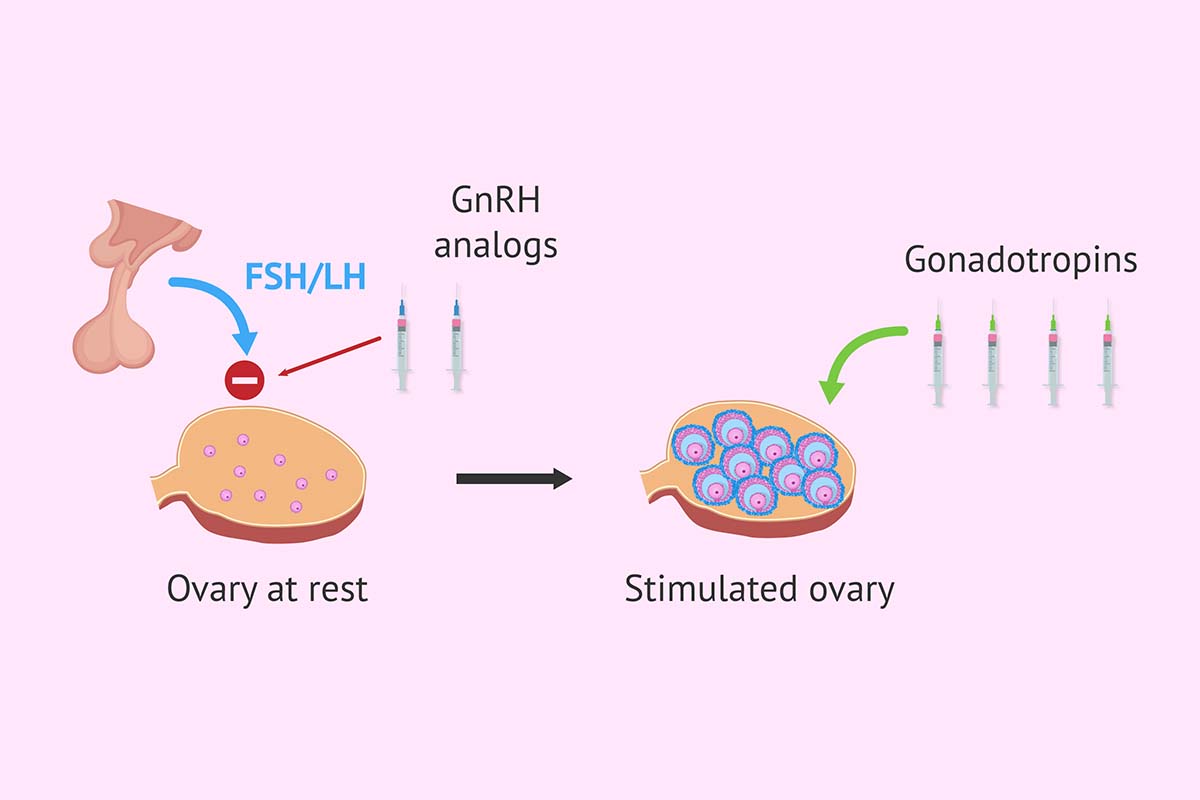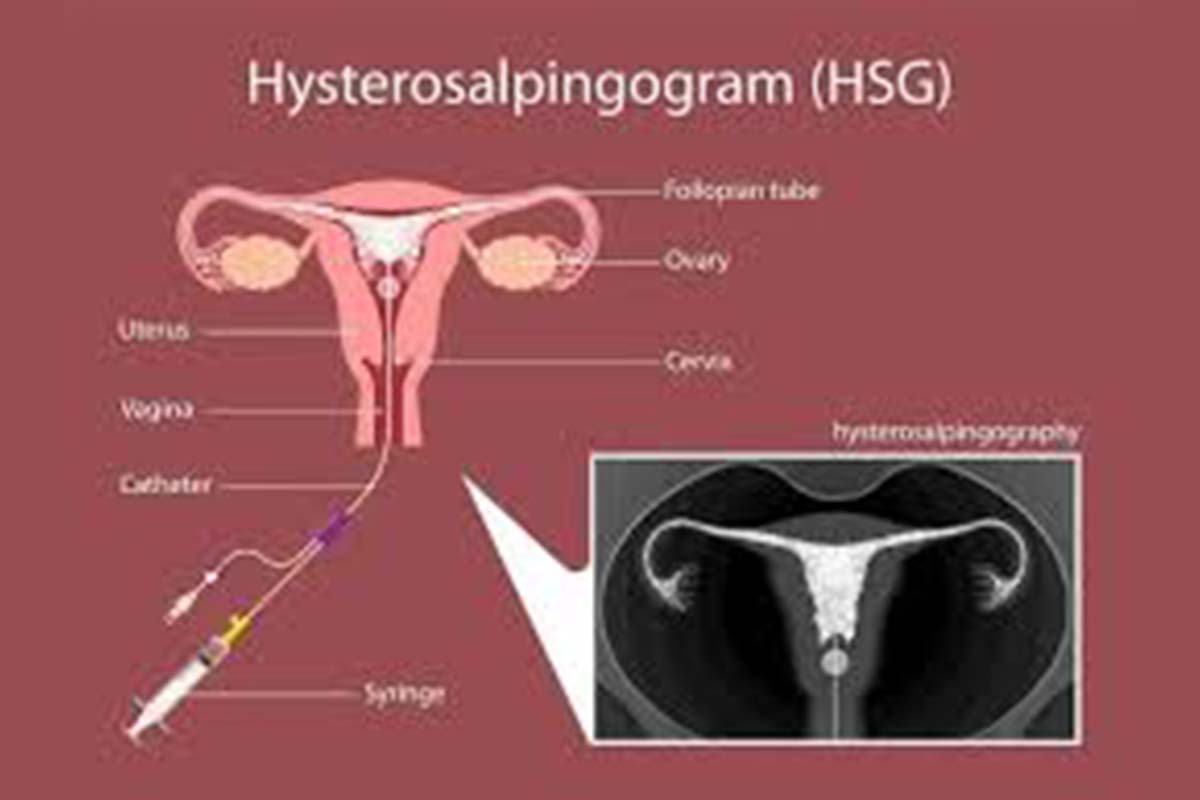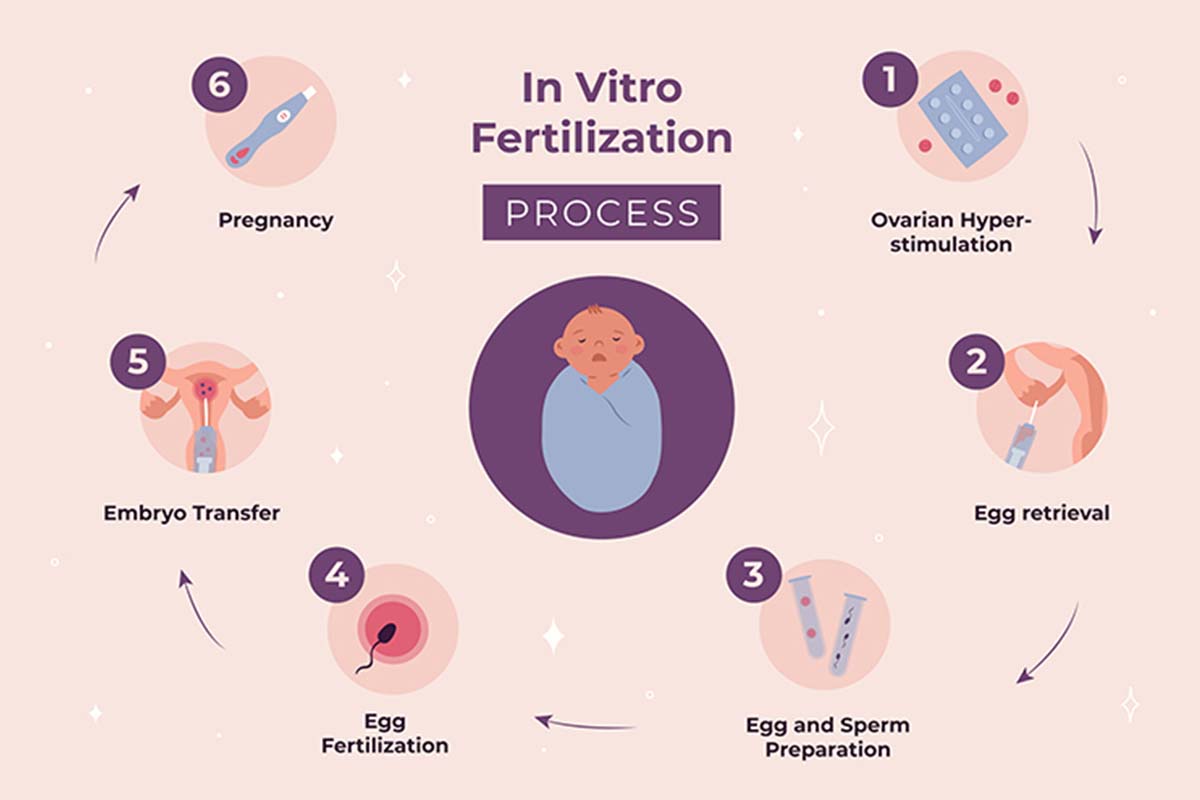Process
Ovarian Stimulation:Similar to IUI, medications stimulate multiple eggs.
Egg Retrieval: Once eggs mature, they are retrieved via a minor surgical procedure using ultrasound guidance.
Fertilization: Eggs and sperm are combined in a lab to facilitate fertilization, creating embryos.
Embryo Transfer: One or more embryos are transferred to the uterus after a few days, while remaining viable embryos can be frozen.
Benefits
High Success Rate
One of the most effective assisted reproduction methods, with advancements like ICSI (intracytoplasmic sperm injection) for male factor infertility.
Flexible
Works for a range of fertility issues and allows for genetic testing of embryos.
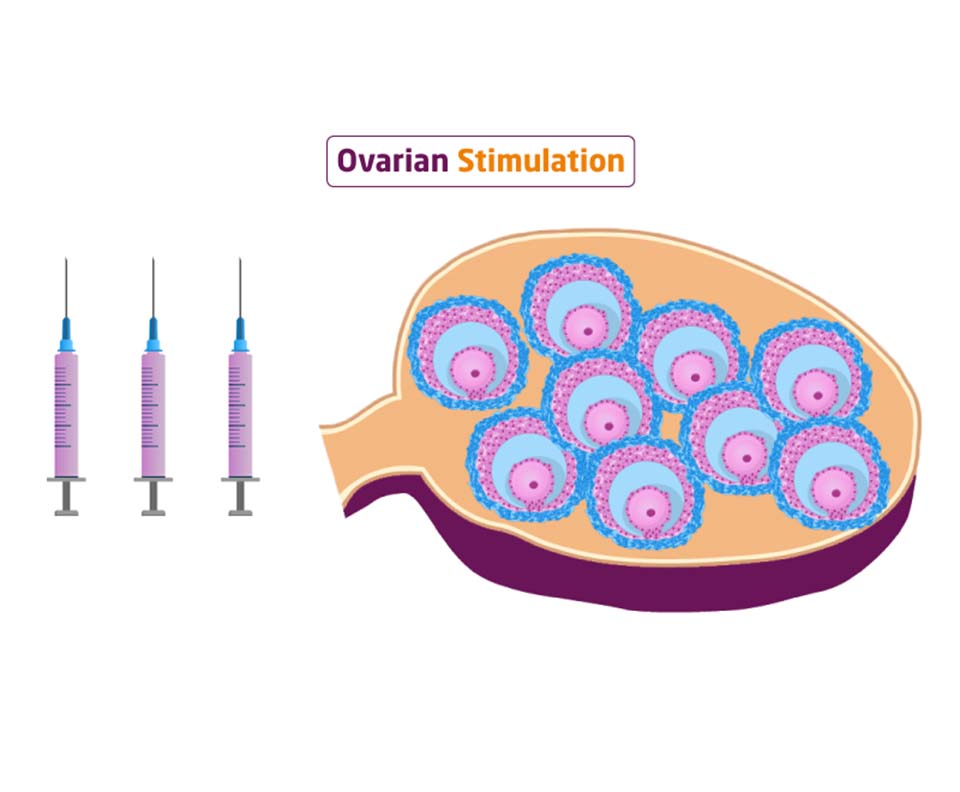


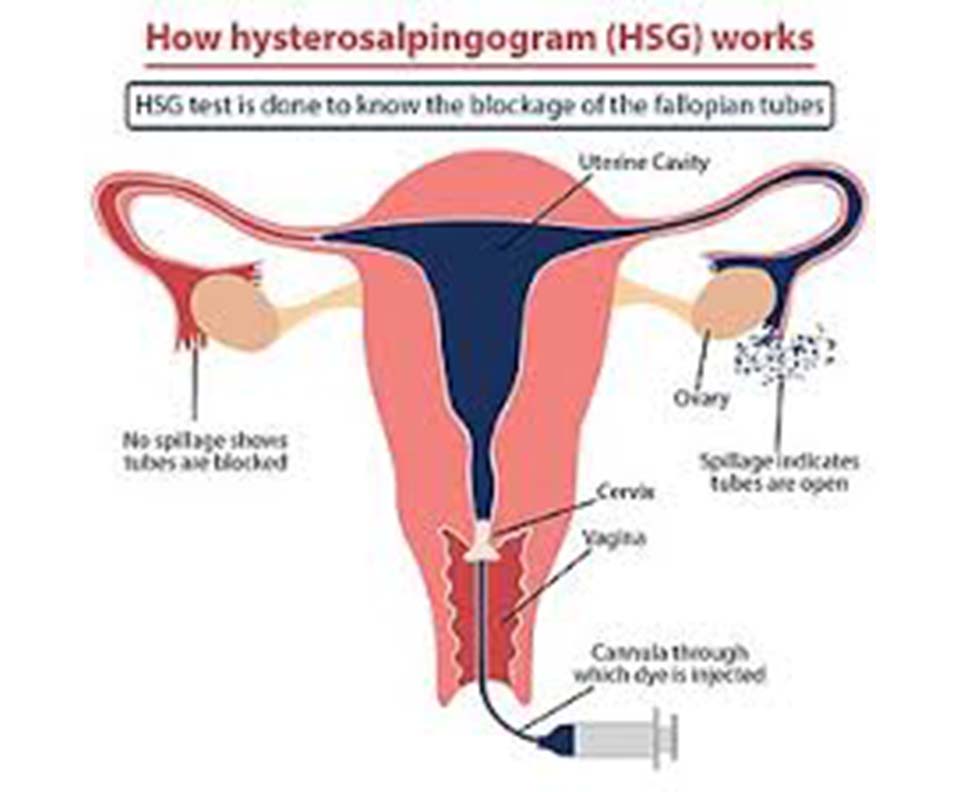

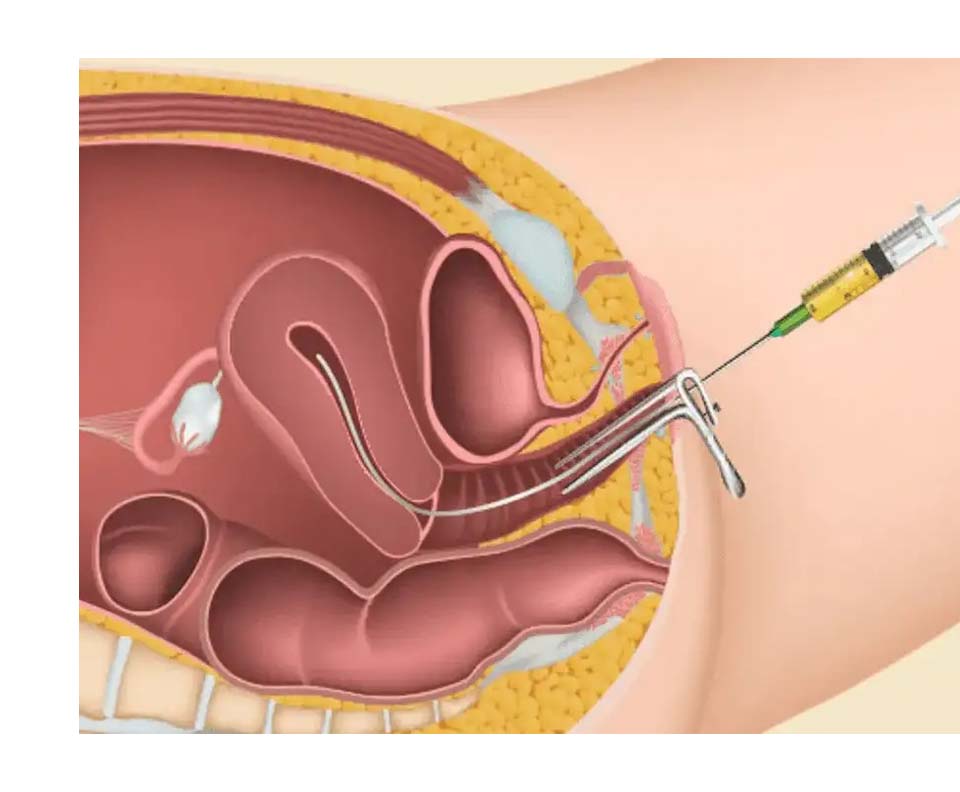

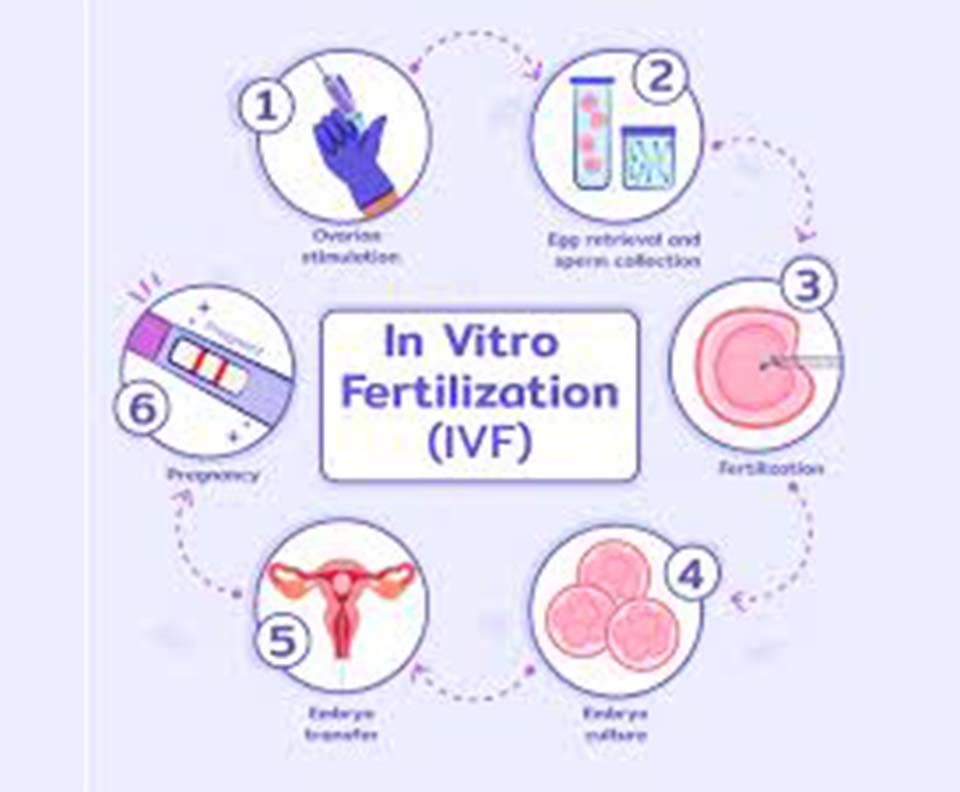



)





